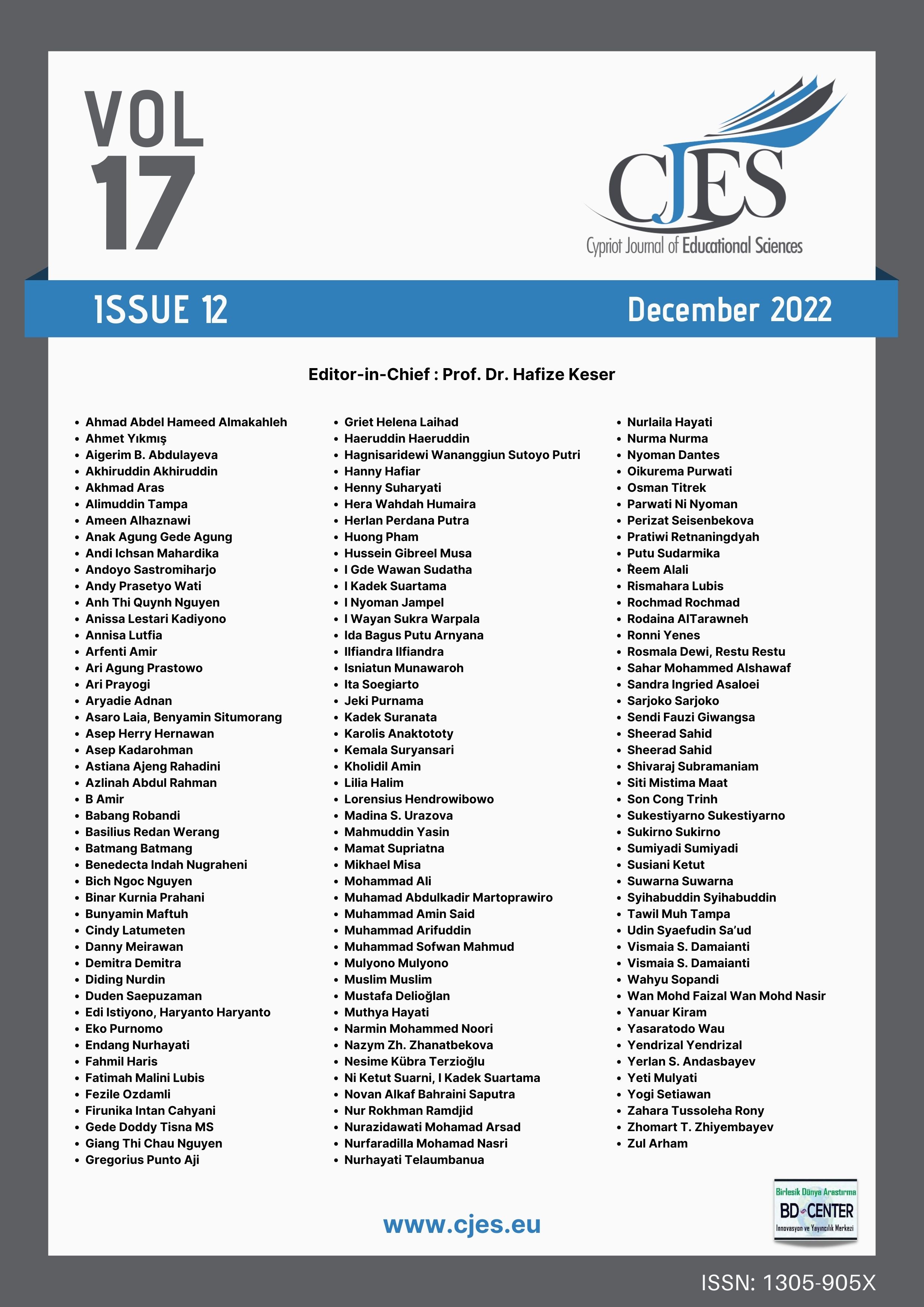Differential item functioning detection in fundamental physics test
Main Article Content
Abstract
The study's objective was to identify the differential item functioning (DIF) or bias using item response theory. This research is exploratory research with a quantitative approach. In this study, the data used is a fundamental physics test, specifically motion one and two dimensions, dynamics and work and energy concept, with 25 items in the two-tier multiple choices in form. Two hundred and fifty-four prospective physics teachers at West Java and Banten provinces, Indonesia, consisting of 103 males (reference group) and 151 females (focal group). The data analysis includes two stages: conformity of the logistic model parameters and item characteristics, followed by DIF detection. The model suitability test shows the appropriate parameter is 2PL. DIF detection has three methods: simple area indices, Raju and the Lord method. Research results show two things. First, the model fit test shows that the data best fit the 2-parameter or 2-PL logistic parameter model, and all items have good characteristics. Second, the most significant item containing uniform DIF was number 5, followed by nonuniform DIF items 9 and 25. These three items were biased because the chances of answering correctly for male and female students differed. Significantly, this means that this item favors one group. This study illustrates the importance of constructing instrument items so that all test takers, both male and female, have an equal chance to answer the question correctly.
Keywords: Differential item functioning, physics test, simple area indices, Raju method, Lord method;
Downloads
Article Details

This work is licensed under a Creative Commons Attribution 4.0 International License.
Cypriot Journal of Educational Sciences is an Open Access Journal. The copyright holder is the author/s. Licensee Birlesik Dunya Yenilik Arastirma ve Yayincilik Merkezi, North Nicosia, Cyprus. All articles can be downloaded free of charge. Articles published in the Journal are Open-Access articles distributed under a CC-BY license [Attribution 4.0 International (CC BY 4.0)].
Birlesik Dunya Yenilik Arastirma ve Yayincilik Merkezi (BD-Center)is a gold open-access publisher. At the point of publication, all articles from our portfolio of journals are immediately and permanently accessible online free of charge. BD-Center articles are published under the CC-BY license [Attribution 4.0 International (CC BY 4.0)], which permits unrestricted use, distribution, and reproduction in any medium, provided the original authors and the source are credited.

